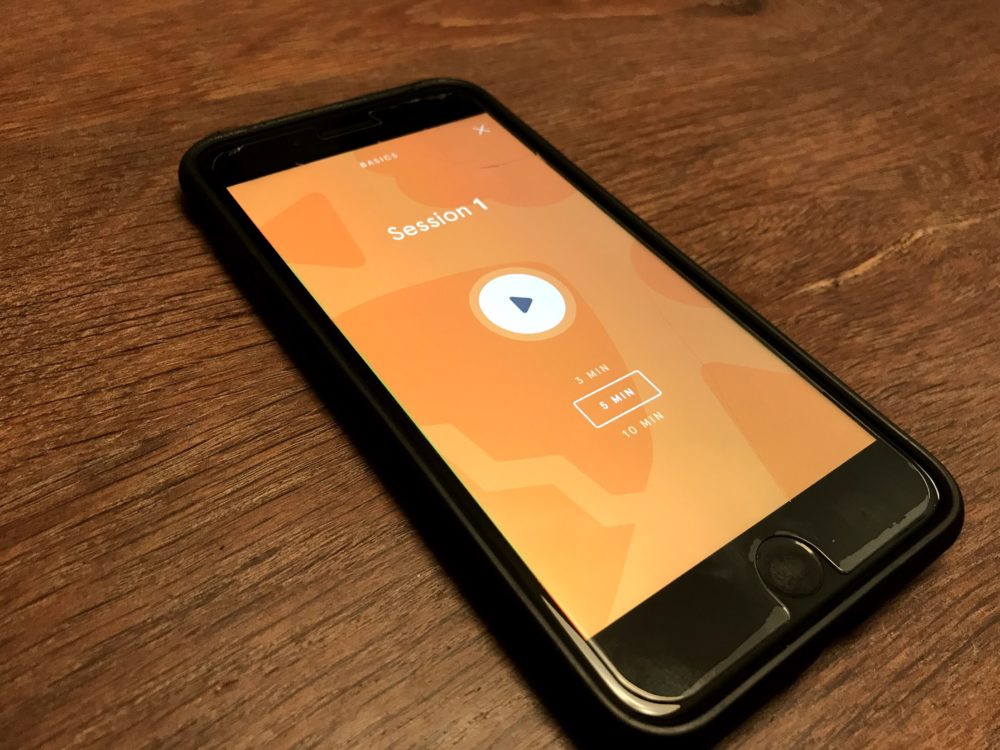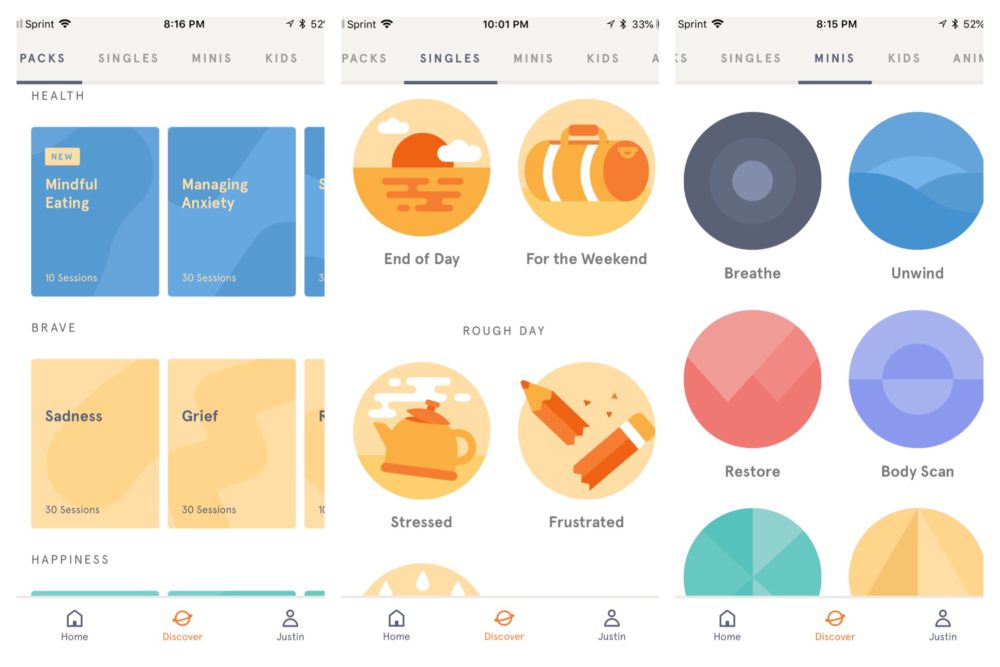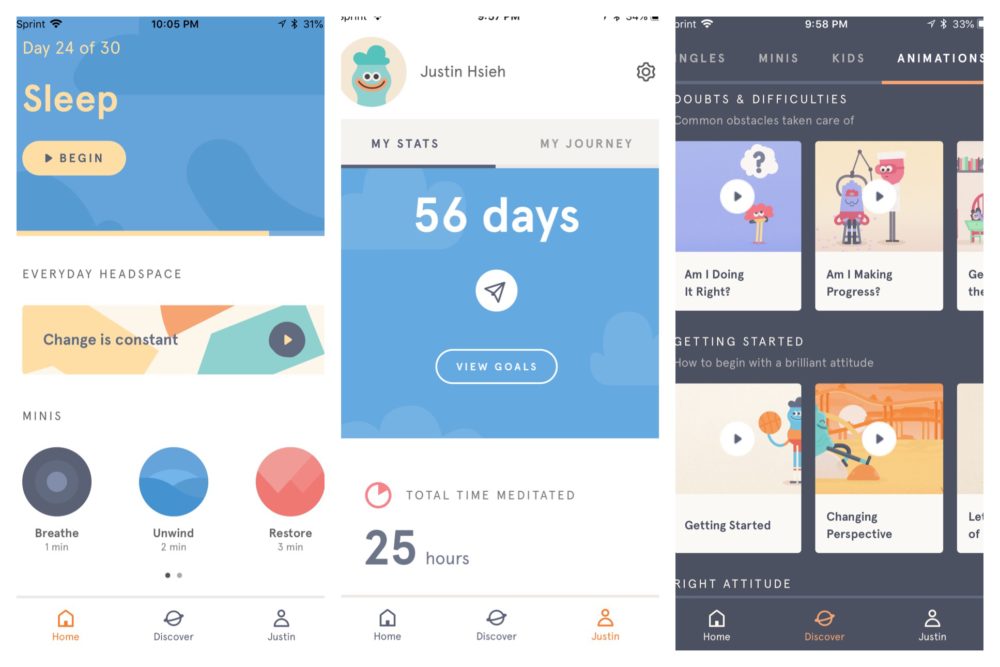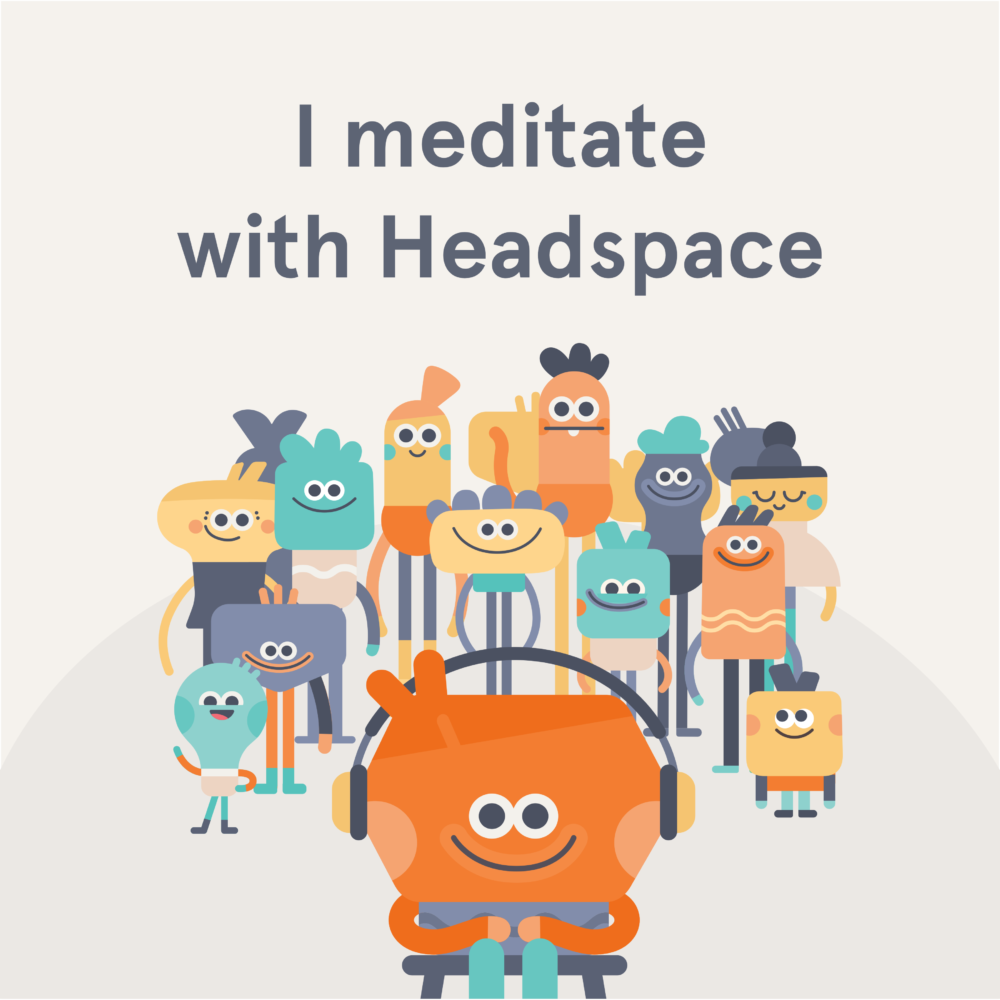
By Justin Hsieh, Staff Writer
In the nonstop noise and activity of everyday student life, it is all too easy to feel overwhelmed by, and unable to control, the million thoughts bouncing around in our own heads. The revolutionary Headspace app, however, can help us reclaim the calm and clarity that we so desperately lack in our lives.
The world of relaxation techniques, mindfulness and/or meditation has never been particularly easy for students to engage with. For one, the practices themselves are confusing to learn about, difficult to find resources for, painful to implement and plagued by a distasteful reputation. In addition, the extraordinary extent of cell phone addiction in our lives makes the act of sitting in silence for a few minutes even more difficult, loading us with restlessness, impatience and abbreviated attention spans.

Headspace solves all of these problems at once. To begin with, the app is easily navigable and well organized, providing an extremely convenient and frictionless user experience. Hundreds of guided meditations sessions are sorted into “packs” (themed packages of 10-30 day training plans), “singles” (individual sessions for specific situations) and “minis” (brief one-three minute mindfulness exercises). To begin a session, one needs simply to select one of the predetermined time options and press play. From there, the soothing narration of Headspace founder Andy Puddicombe leads users through the entire process, gently keeping them engaged and focused for the duration of the session. Features such as daily run streaks, total minute tracking and a buddy system all also provide an incentive structure that helps maintain motivation and commitment to practicing.

Headspace also provides a very intuitive, systematic approach to teaching the fundamental concepts of meditation. Featuring an extensive library of charming and engaging instructional animations, as well as a specifically designated “Basics” pack, the Headspace system takes users step by step through an understanding of how meditation works. The explanations are clear, practical and free from the mysticism and pseudoscience that infamously plague most of the mindfulness community at large. Puddicombe’s decade of training as a Buddhist monk is backed by an extensive devotion to scientific rigor, with the Headspace website outlining the scientific basis for its approach and documenting its involvement in the field of mindfulness research.
Lastly, Headspace is effective. After only a single month of Headspace, most users note being more present in everyday activities, more focused on what they are doing, and calmer and satisfied at the end of the day. More importantly than these results, however, the daily act of sitting down for meditation becomes a distinctly relaxing and enjoyable experience. That is, fundamentally, the concept of Headspace. Meditation seeks not to change the things around us, but rather to make us more at ease with them – a shift that naturally makes us happier, healthier and more appreciative of life.
Considering the magnitude of attention-switching, problem-solving and multitasking that is demanded of students virtually every second of every day, stress and burnout are hardly surprising. Our minds are so full of an incessant circus of thoughts, feelings and memories that it can often be painfully difficult to find the inner peace and quiet that we need to approach our lives with energy, purpose and happiness. While we all too often respond by pushing ourselves ever further into the grind, perhaps what we really need is to take a step back, and get some Headspace. There’s plenty of it for everyone.






